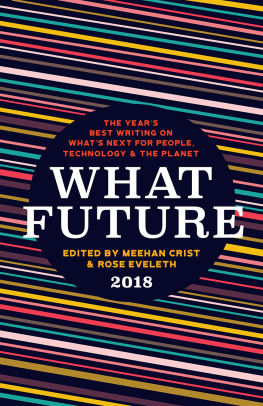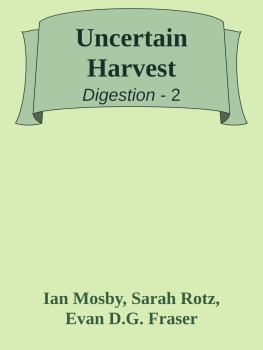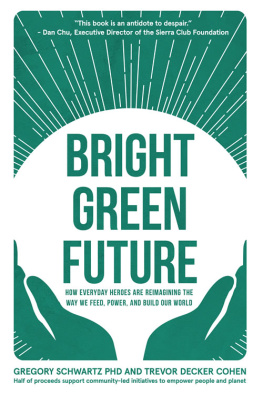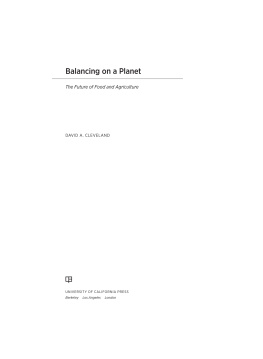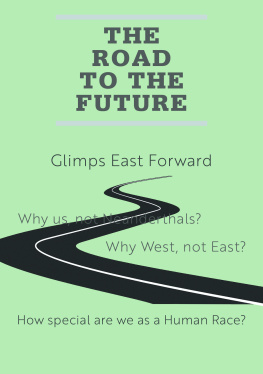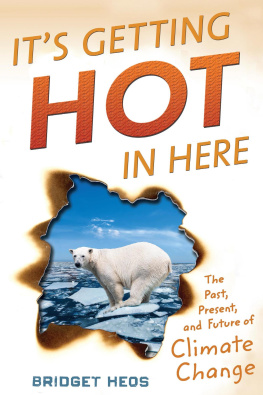
WHAT FUTURE
AN UNNAMED PRESS BOOK
Copyright 2018 Unnamed Press
All rights reserved, including the right to reproduce this book or portions thereof in any form whatsoever. Permissions inquiries may be directed to . Published in North America by the Unnamed Press.
www.unnamedpress.com
What Future, Unnamed Press, and the colophon, are registered trademarks of Unnamed Media LLC.
ISBN: 978-1-944700-66-9
eISBN: 978-1-944700-67-6
Catalog-In-Publication data available upon request.
This book is a work of nonfiction.
Articles in this collection appear with the express written permission of the copyright ownerwhich in most cases is the author, but in certain instances is the publication in which the article originally appeared. Any use of the articles in this collection without permission from the copyright owner is strictly prohibited.
Designed & typeset by Jaya Nicely
Distributed by Publishers Group West
Manufactured in the United States of America
First Edition
THE YEARS BEST WRITING ON WHATS NEXT FOR PEOPLE, TECHNOLOGY & THE PLANET
WHAT FUTURE
EDITED BY MEEHAN CRIST & ROSE EVELETH
2018
TABLE OF CONTENTS
By Ed Finn / SLATE
By Ross Andersen / THE ATLANTIC
By Nitin K. Ahuja / THE NEW INQUIRY
By Sarah Laskow / ATLAS OBSCURA
By Sam Knight / THE GUARDIAN
By Megha Rajagopalan / BUZZFEED
By Atossa Araxia Abrahamian / THE GUARDIAN
By Joelle Gamble, Paul Mason, Bryce Covert, William Darity Jr. and Peter Barnes / THE NATION
By Patrick Blanchfield / LOGIC
By Lidia Yuknavitch / ELECTRIC LITERATURE
By Walidah Imarisha
By Andrea Long Chu / N+1
By Bryan Washington / CATAPULT
By Lauren Smiley / WIRED
By Brishen Rogers / BOSTON REVIEW
By Rachel Riederer / VICE
By Ross Exo Adams / E-FLUX
Olivia Rosane / REAL LIFE
By Tommy Lynch / SLATE
By Nathan Heller / THE NEW YORKER
By Gretchen Bakke / BLOOMSBURY
Introduction
By Meehan Crist and Rose Eveleth
F uturism, with a capital F, is a technical practice. You can get fancy-sounding degrees in this practice, with names like Master of Science in Foresight. You can then use those degrees to advise behemoth corporations like Coca-Cola or Bank of America on how they can make even more money in the future. But the practice of futurism, with a small f, is what most of us do when we daydream about what tomorrow might be. The act of imagining a different tomorrow might not seem like a radical practice, but it is. Or, it can be. Future thinking can be the first step in moving those dreams toward something like reality.
But in todays climate both literally and figuratively it can feel impossible to keep up with the current moment, let alone think about the future. Student debt weighs heavy on a generation poised to enter an increasingly precarious workforce. The safety nets of basic social services are being ripped out from beneath us. Becoming sick or injured can lead, with more alarming alacrity than ever, to financial ruin. Meanwhile, the planet burns. The waters are rising and crops are failing. The greatest human migration since the end of the first Ice Age is already underway, and borders around the world are tightening rather than opening up. Widespread species extinction is decimating biodiversity, and while the extinction of the human species seems unlikely, it is certainly not impossible. America is now engaged in perpetual global war, and nations around the world continue to suck fossil fuels from the ground even though we know plenty well where that will lead. The Pentagon has identified climate change as an immediate threat to global security, and yet we are well on our way to blowing past the goal of the Paris Accord to limit warming to 2 degrees Celsius, a ceiling rather flimsily calculated using negative emissions technologies that dont exist. Suffice it to say that for many Americans, 2017 was a dark year marked by extreme uncertainty about the future.
At the same time, there has been a perverse and pervasive cultural pressure to be optimistic a nagging sense that optimism is some kind of moral good that chafes against the unending barrage of bad news. Former President Barack Obama likes to say, quoting Dr. Martin Luther King Jr., The arc of the moral universe is long, but it bends toward justice, but there is little in recent or in deep human history to support a consoling Whig view of a progressive and inexorable movement toward a more just, humane, and sustainable world. History moves in far more complex motions than a single, inevitable arc. Similarly, there is no reason to believe that the unprecedented pace of technological development currently underway will lead us to a better world. Technological innovations are both created and deployed by within existing systems, where they get tangled up in mutually reinforcing webs, nearly always with unintended and unforeseen effects. How you feel about new technology may have more to do with your relation to those systems than whether you think you look silly in Oculus headgear.
In other words, how the future looks to you from the vantage point of the present depends largely on how you feel about the world we live in today. Perhaps you are a consumer whose clicking and liking has encouraged companies to bring you more of the products you like. Perhaps, because of this, you feel that having your online habits tracked and your data saved will lead to more of a good thing. Or perhaps you are someone for whom that data gathering has not gone quite so well, someone who has been flagged as high-risk for fraud or recidivism or crime. Perhaps you have been singled out for punitive public policy and more intense surveillance as Virginia Eubanks highlights in Automating Inequality: How High-Tech Tools Profile, Police, and Punish the Poor. If you experience what Eubanks calls a kind of collective red-flagging, a feedback loop of injustice, then maybe a high-tech future powered by advanced data collection feels more dystopian than utopian.
Perhaps, if you are a person who feels they have nothing to hide, the idea of the government using facial recognition software to track potential security threats is reassuring. Or, perhaps, if you are one of the American citizens recently tagged by the FBI as a Black Identity Extremist for protesting police brutality, maybe facial recognition feels far less benign. If you are someone whose ancestry has never been used against them, the idea of 23andMe donating genetic kits to reunite the families whose children were stolen from their parents at the US border sounds like a generous offer. If, on the other hand, you come from a community whose bodies have been used by science to make profitable drugs without your knowledge or permission, the idea of handing your blood to a tech company might not sound like such a great idea.
Future thinking can, then, present a bit of a paradox. Many of the people who have the luxury of sitting around and opining about possible tomorrows are those who already have the comforts of time, money, and security. Like, say, Silicon Valley venture capitalists. It is precisely those who do not currently enjoy such luxuries who rely most on possibilities for the future, who make it through today by imagining that tomorrow could be different, could be better. In 2014, the NAACP estimated that 2.3 million incarcerated people were black Americans, making up a staggering 34 percent of the correctional population. Trans folks are murdered at a disproportionately high rate. Tomorrow, for many of us, is not guaranteed. And yet, or perhaps because of this, we still dream.
Next page
